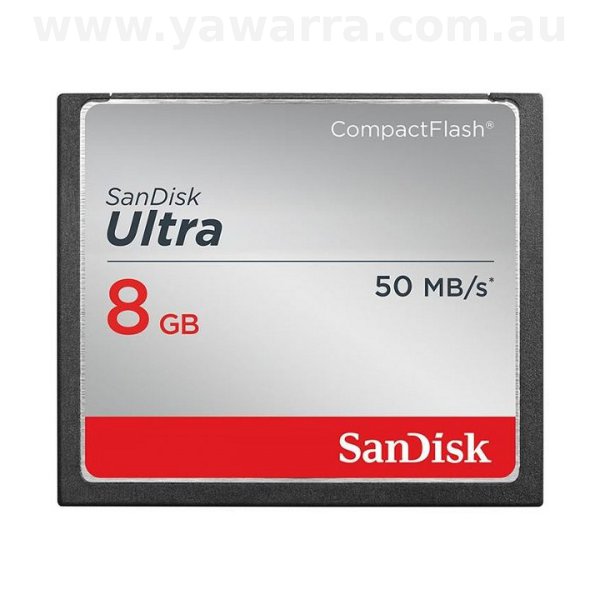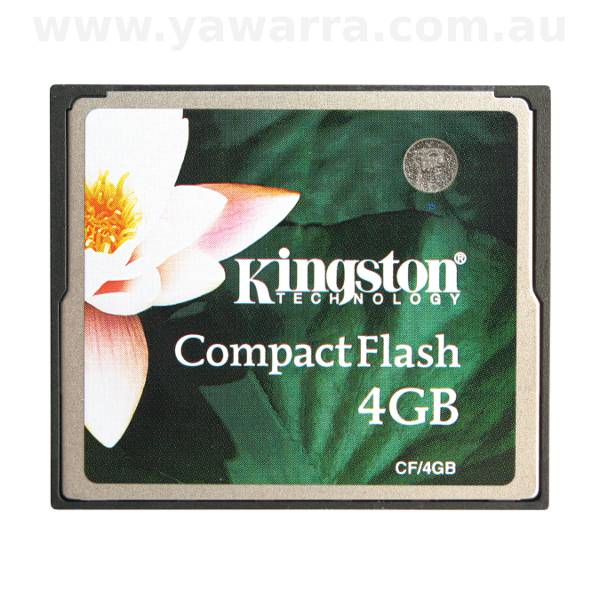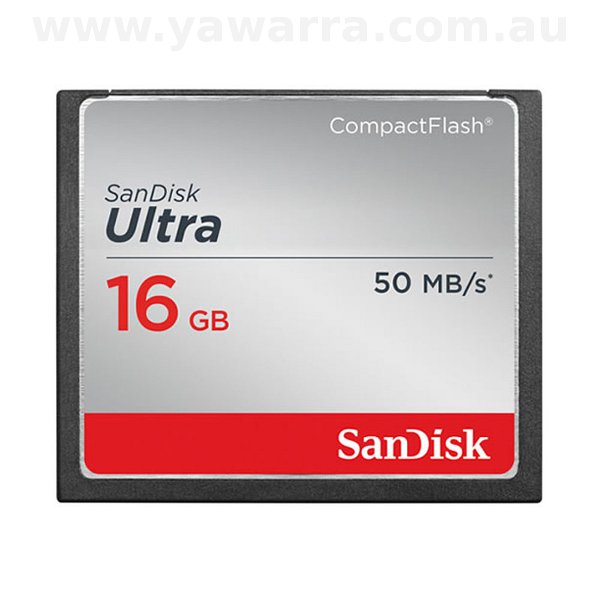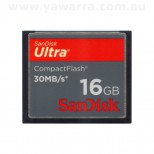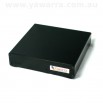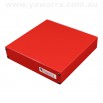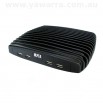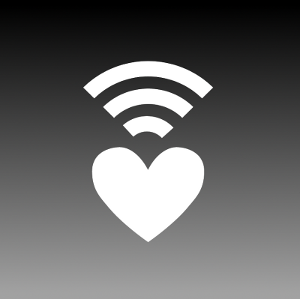Learn what they are and how to choose a good one
What is Compact Flash?
Invented by SanDisk, Compact Flash (CF) cards are solid state storage devices designed for use in electronic equipment, including cameras and computers.Their data is not lost when the power is turned off and they are designed to cope with rough treatment, unlike the average hard drive. They are small and lightweight and have no moving parts, which minimises noise and power usage.
Current flash cards are good for millions of write cycles, although they are generally not suited to long-term write-intensive applications, especially system logs or website logs.
All of these features mean that CF cards are ideal for use in our small form factor ALIX and net5501 computers.
And in fact, all of these boards are designed to use CF cards as their primary storage device.
However, not all CF cards are created equal. As compact flash was originally intended for photographic applications, some manufacturers have created CF cards that work well in digital cameras, but not so well in computers, which need good IDE emulation.
The SanDisk cards have very good IDE emulation, and we have also had good results with the Lexar, Transcend and Kingston ranges.
Our range of cards
As has happened with hard drives, CF cards are continuing to get bigger, but most open source software doesn’t need a lot of space.
Unfortunately, many manufactures, including SanDisk, have decided to discontinue their smaller CF cards, which means that the smallest card that SanDisk currently manufactures is a 8GB Ultra II card.
We’ll do our best to maintain a range of suitable, quality Compact Flash cards to suit our boxes.
Using CF cards
To use your ALIX or net box, you will need to install a suitable operating system onto a CF card and then insert it into the CF socket on the board.
This can be done by mounting the CF card in another machine (e.g. via a flash card reader) and copying a boot image onto it, or by pxe booting your box.
Our boxes support many operating systems including BSD, Linux and a number of proprietary operating systems.
For your convenience, prebuilt images of OpenBSD, Voyage Linux and m0n0wall for our boxes are available on our operating systems page.
To write a boot image to a Compact Flash card yourself, use dd (BSD/Linux) or Physdiskwrite (Windows).
Or you can have one pre-installed for free with the purchase of any box or rack mount server (that includes a Compact Flash card) or just $10 with a CF card.
Buy a Compact Flash card
What next?
- Download a ready-made OS image for the ALIX or net5501
- Get a general introduction to our tiny computers
- Access data sheets, manuals, software and tutorials for the ALIX, APU, net5501, net6501 and fit-PC’s
